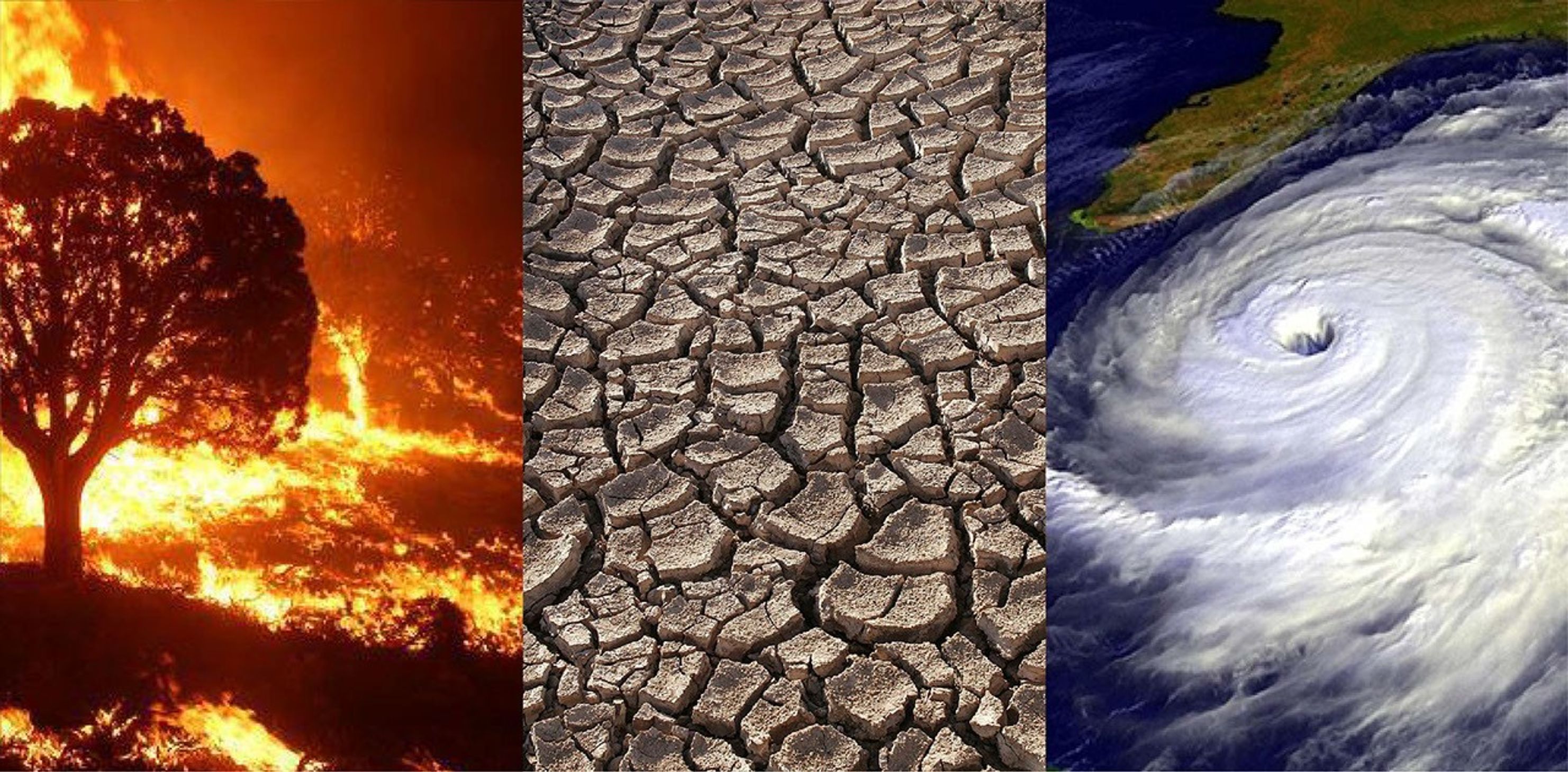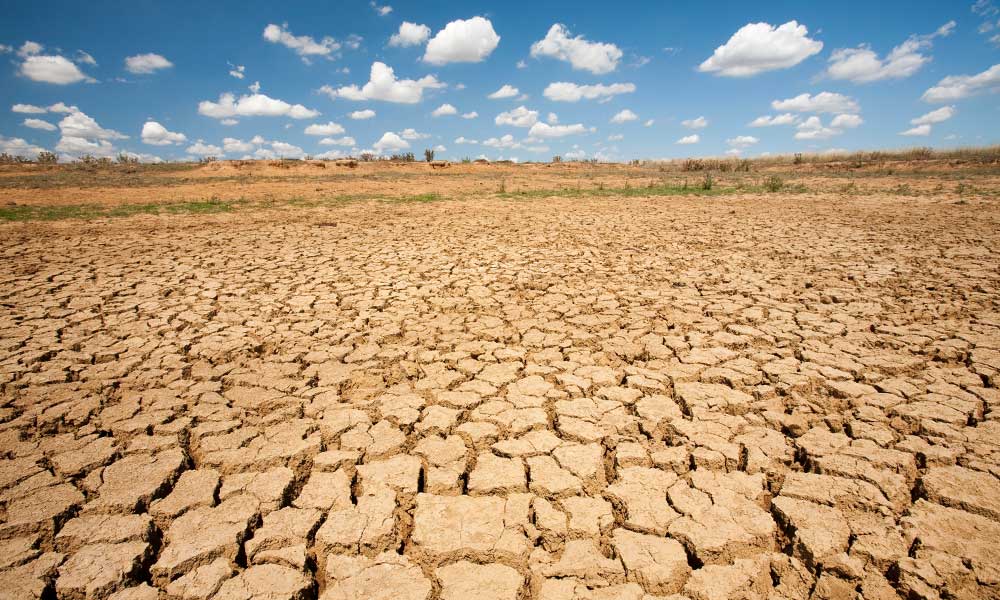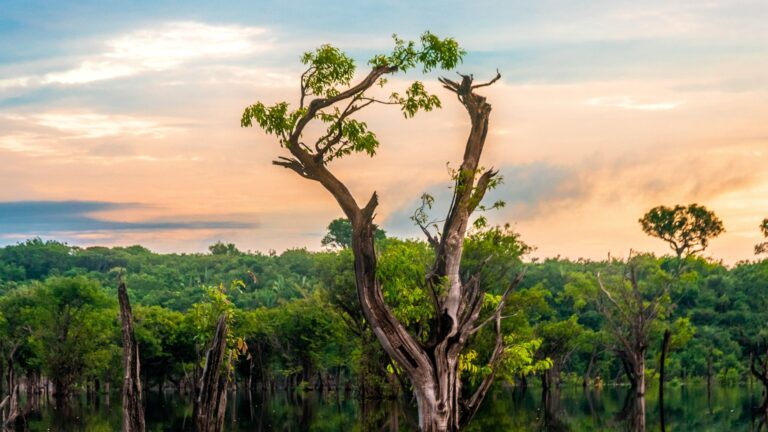With a pervasive sense of urgency surrounding the topic, it’s clear that the climate crisis is a matter of global concern. As our planet navigates the throes of unprecedented weather patterns and escalating temperatures, the dialogue surrounding climate change becomes increasingly critical. But, comprehending the gravity and complexity of this issue can often be overwhelming.
Our focus, in this detailed exploration, is to unravel the complexities of the climate crisis. The aim is to present an easy-to-understand examination of the urgency surrounding climate change, breaking it down into digestible pieces that make it simple for anyone to grasp. It’s essential that the reality of our current environmental predicament is understood and appreciated by all, not just by experts in the field.
From the scientific intricacies of the greenhouse effect to the tangible consequences experienced daily, we will dissect this global crisis. Beyond the jargon and statistics, we aim to shed light on the significance of rising global temperatures, the role of human activity, and the dire implications for our planet’s ecosystems if immediate, substantial action is not taken.
Moreover, we will delve into potential solutions and preventive measures that could help alter the current trajectory of global warming. Examining everything from renewable energy sources to lifestyle changes, this comprehensive guide seeks to empower everyone with knowledge and practical steps to make a difference.
In this era of information overload, it becomes more important than ever to have access to clear, straightforward facts about pressing issues such as climate change. We hope that by unpacking the climate crisis in clear and simple terms, we can help foster a deeper understanding of this urgent issue and inspire meaningful action.
The Science behind Climate Change
The first step in understanding the urgency of climate change is to delve into the science behind it. The planet’s climate has been subject to changes throughout its history, due to natural causes such as volcanic eruptions and variations in solar radiation. However, scientific evidence indicates that the current warming trend is unprecedented in speed and scale, and can be attributed largely to human activities.
Greenhouse gases, such as carbon dioxide and methane, trap heat in the Earth’s atmosphere, creating a ‘greenhouse effect’. This is a natural and necessary process, for without it, the Earth’s average temperature would be too cold to support life as we know it. However, the accumulation of these gases due to human activities such as burning fossil fuels and deforestation has enhanced this effect, leading to global warming.
Global warming is the long-term heating of the Earth’s climate system observed since the pre-industrial period (between 1850 and 1900) due to human activities, particularly fossil fuel burning, which increases heat-trapping greenhouse gas levels in Earth’s atmosphere.
Impact of Global Warming
The consequences of global warming are far-reaching and complex, impacting not only the environment but also economies, societies, and future generations. One of the most visible effects is the melting of polar ice caps and glaciers, which directly contributes to rising sea levels. As ocean levels continue to climb, low-lying coastal areas, deltas, and island nations face increased risks of flooding, saltwater intrusion, and coastal erosion. In places like the Maldives, Bangladesh, and parts of the U.S. coastline, entire communities may be forced to relocate — a phenomenon now referred to as climate-induced migration.
Beyond rising seas, changing precipitation patterns have emerged, bringing longer droughts in some regions and excessive rainfall in others. These disruptions can cripple agricultural productivity, especially in areas heavily dependent on predictable growing seasons. Crops fail due to heat stress or lack of water, while floods wash away fertile soil, destroy infrastructure, and contaminate freshwater supplies.
Extreme weather events are becoming more frequent and severe. Hurricanes and typhoons are not only intensifying in strength but are also moving slower, prolonging the damage they inflict. Heatwaves, like those experienced across Europe and North America in recent years, are becoming longer and more deadly, particularly for vulnerable populations such as the elderly and the poor. In developing nations, where resources to cope with these disasters are limited, the toll can be even more devastating.
Ecosystems are also under siege. Many species face extinction as they struggle to adapt or migrate to suitable habitats. Coral reefs, which support vast marine biodiversity, are dying due to ocean warming and acidification. The loss of biodiversity weakens ecosystems, making them less resilient and reducing the services they provide to humanity — from clean air and water to pollination and disease regulation.
In essence, global warming is not just an environmental issue; it’s a multidimensional crisis with profound implications for food security, public health, economic stability, and geopolitical peace. If left unchecked, its ripple effects will touch every corner of the globe and every aspect of human life.
The Anthropogenic Factor in Climate Change
The primary driver of the current climate crisis is anthropogenic, or human-caused, activities. As we burn fossil fuels for energy, deforest lands for agriculture, and engage in various industrial processes, we release massive amounts of greenhouse gases (GHGs) into the atmosphere. These activities have dramatically increased the concentration of gases such as carbon dioxide (CO₂), methane (CH₄), and nitrous oxide (N₂O) since the onset of the Industrial Revolution in the late 18th century.
This surge in emissions has led to an enhanced greenhouse effect, trapping more heat in Earth’s atmosphere than the planet can naturally balance. While the greenhouse effect itself is a necessary process that keeps our planet warm enough to sustain life, the anthropogenic intensification of this effect is what drives global warming and climate instability.
One of the main culprits is the energy sector, which heavily relies on burning coal, oil, and natural gas to power homes, industries, and vehicles. These fossil fuels are carbon-rich, and when combusted, release large volumes of CO₂ — the most prevalent long-lived greenhouse gas. Similarly, methane, which is over 25 times more potent than carbon dioxide over a 100-year period, is released through agriculture (especially livestock farming), landfills, and natural gas extraction.
Além disso, land-use changes, particularly deforestation for agriculture, urban development, or logging, play a significant role. Trees act as natural carbon sinks, absorbing CO₂ from the atmosphere. When forests are cleared or burned, not only is this storage capacity lost, but the carbon stored in vegetation is also released, compounding the problem.
Human activities have altered the carbon cycle, overwhelming Earth’s natural systems and throwing delicate balances out of sync. This growing human footprint is not limited to emissions alone — it also includes the destruction of natural ecosystems, overexploitation of resources, and pollution, all of which intensify the climate crisis. Recognizing the anthropogenic origin of climate change is crucial to understanding that we have both the responsibility and the power to reverse its course.
Fossil Fuels and Deforestation
Fossil fuels, such as coal, oil, and natural gas, are the main sources of human-caused greenhouse gas emissions. When these fuels are burned for energy, they release carbon dioxide and other greenhouse gases. The use of fossil fuels for electricity and heat production, transportation, and industry accounts for the majority of global greenhouse gas emissions.
Deforestation is another major contributor to climate change. Trees absorb carbon dioxide from the atmosphere, acting as natural carbon sinks. When forests are cut down for timber or to make way for agriculture, this carbon is released back into the atmosphere, contributing to global warming. Additionally, the loss of forests means less carbon dioxide can be absorbed from the atmosphere in the future.
Mitigation and Adaptation Strategies
Addressing the climate crisis requires a dual approach: mitigation e adaptation. These two strategies, while distinct, are deeply interconnected and essential for reducing the risks posed by global warming and building resilience in both natural and human systems.
Mitigation refers to efforts aimed at reducing or preventing the emission of greenhouse gases into the atmosphere. It also involves enhancing the capacity of carbon sinks — natural systems such as forests, wetlands, and oceans that absorb more carbon than they emit. The ultimate goal of mitigation is to slow down or halt the progression of climate change.
One of the most impactful ways to achieve mitigation is through a transition to renewable energy sources. Replacing fossil fuels with cleaner alternatives like solar, wind, geothermal, and hydroelectric energy significantly cuts carbon emissions. Over the past decade, technological advancements and falling costs have made these energy sources more accessible and economically viable. Governments, businesses, and individuals all play a role in driving this energy shift through investments, policy changes, and consumer choices.
Improving energy efficiency is another key strategy. From energy-saving appliances and LED lighting to well-insulated buildings and electric vehicles, increasing efficiency reduces overall energy demand. Even simple actions — like turning off unused lights or using public transport — can cumulatively have a meaningful impact when adopted at scale.
Sustainable land management practices also contribute to mitigation. Protecting forests, restoring degraded ecosystems, and adopting regenerative agriculture can not only reduce emissions but also enhance carbon sequestration. Urban planning that integrates green spaces and promotes compact, walkable communities further helps reduce emissions from transportation and construction.
While mitigation addresses the root causes of climate change, adaptation focuses on adjusting to its current and future effects. This includes building resilient infrastructure, developing climate-smart agriculture, improving disaster preparedness, and safeguarding water resources. For coastal cities, this might mean constructing sea walls or restoring mangroves to protect against rising sea levels. For farmers, it could involve switching to drought-resistant crops or adjusting planting schedules.
Ultimately, both mitigation and adaptation must be pursued simultaneously. While mitigation helps prevent the crisis from worsening, adaptation ensures that communities and ecosystems can withstand the changes that are already inevitable. By embracing both strategies, we lay the foundation for a more sustainable, equitable, and climate-resilient future.
Road to Renewable Energy
A key part of mitigation is transitioning from fossil fuels to renewable energy sources. Renewable energy, such as wind, solar, and hydroelectric power, produces electricity without emitting greenhouse gases. The technology for these energy sources has advanced significantly in recent years, making them increasingly cost-effective and efficient.
Energy Efficiency and Sustainable Practices
Improving energy efficiency is another important mitigation strategy. This can involve making buildings and vehicles more energy-efficient, as well as improving industrial processes.
Sustainable land management practices, such as reforestation and afforestation, can also play a key role in mitigation. These practices not only reduce greenhouse gas emissions but also enhance the capacity of carbon sinks.
Understanding the Urgency
Climate change is not a distant threat – it is happening now, and its effects are being felt around the world. The longer we delay action, the more severe these effects will become. Therefore, understanding the science and urgency of climate change is critical for driving policy decisions and individual actions that can help mitigate the worst impacts of this crisis.
Policy Decisions and Individual Actions
Governments have a crucial role to play in addressing climate change. This can involve implementing policies to reduce greenhouse gas emissions, investing in renewable energy, and supporting climate-friendly practices in agriculture and land use.
Individuals can also make a difference by reducing their carbon footprint. This can involve changes in lifestyle, such as driving less, reducing energy use, and eating less meat.
- Switching to renewable energy sources for electricity.
- Improving energy efficiency in homes and businesses.
- Planting trees and protecting existing forests.
- Reducing, reusing, and recycling waste.
- Supporting companies that are committed to sustainability.
Conclusão
In conclusion, understanding the urgency of climate change is crucial for our survival. The article “Climate Crisis Unpacked” makes this issue accessible in clear and simple terms, elucidating the factors contributing to this emergency and its potential impacts on our planet. It is no longer an issue we can postpone; the time to act is now. We must come together collectively and individually, making changes in our lifestyles and demanding governmental policies to mitigate climate change. By comprehending the severity of the crisis, we can make informed decisions and contribute to a sustainable future. Our actions today determine the Earth’s state tomorrow. The emphasis should be on reducing carbon emissions, investing in renewable energy, and promoting green technology. The journey towards a sustainable future might be challenging, but it is undoubtedly necessary. It’s not just about saving the planet; it’s about safeguarding our future. Let’s remember, there’s no Planet B.




